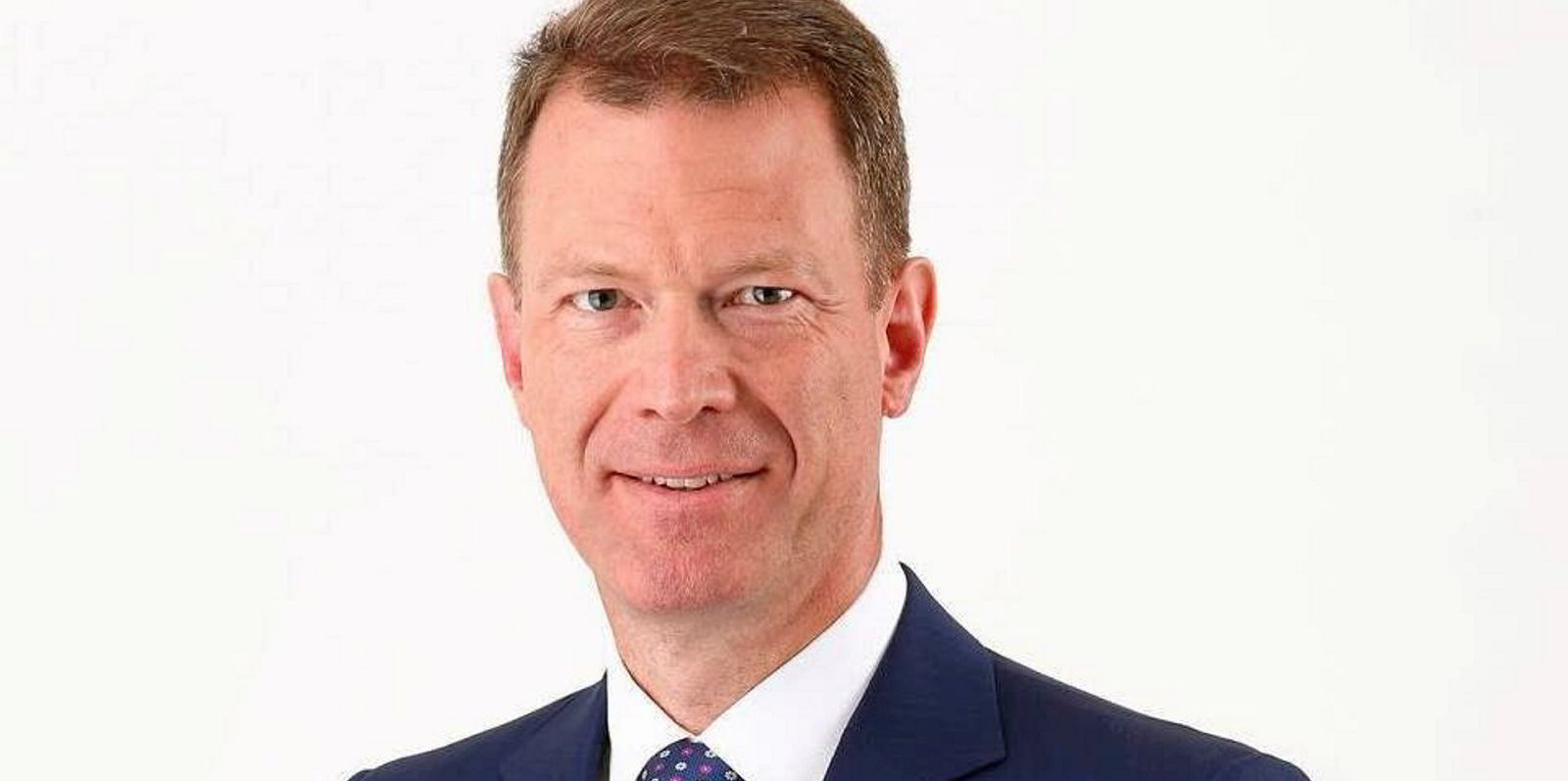With shipping comprising up to 95% of mining charterers’ indirect Scope 3 emissions, commodity traders are beginning to push hard for emission reductions from the vessels they use.
Bulk commodity producers and traders were among the leaders of the Sea Cargo Charter in response to pressure from customer-facing clients and lending institutions for reliable data on emissions and then action to prove they are being cut.
The charter retains the four core values set out by lenders to the shipping industry in the Poseidon Principles — for assessment, accountability, enforcement and transparency — so that companies can provide annual snapshots of how they are performing in relation to hitting reduction targets.
In turn, the charter is a driver of shipowners to take note and act, which is where vessel vetting organisation RightShip comes in. It recently expanded its Carbon Accounting Reporting Tool to monitor and measure Scope 3 emissions.
When senior sustainability advisor Lucy Packham joined in 2017, few companies were aware of their Scope 3 emissions, let alone targets.
But that has changed.
“Gone are the days when reporting annual emissions slowly going up [was enough]. Companies need to be seen to be aligning with the International Maritime Organization reduction strategy and cutting their emissions over time,” said the former law and environmental science-trained officer, who is based in Melbourne, Australia.
“We have really tried to focus our attention on how we can inform those actions and strategies.”
Other companies can add up emission figures, but Packham said RightShip has the biggest pool of verified vessel design efficiency data outside of the IMO.
RightShip takes actual fuel-use figures, which it interprets alongside its vessel design carbon accounting to create greenhouse gas (GHG) emission ratings. It means ships’ efficiency performances can be compared.
“What we have found is exceptionally useful for charters to improve their performance, or work with ship operators to improve their performance, is using those two insights together — the vessel’s design and operation.”
It means problems can be identified if a ship is designed to a high-performance level, but is not operating as well as it should.
Where there are gaps in fuel use information, which is common for spot voyage charters, the underlying methodology can also be used to estimate what emissions might occur.
That allows emissions to be forecast before they occur, rather than a company finding afterwards that it has emitted GHG levels beyond its targets, and its emission intensity metrics can give insights into how improvements can be made.
It all amounts to RightShip’s tools being designed to align with developments such as the Sea Cargo Charter, Packham said.
The organisation is also looking into how carbon emission trading schemes will affect ratings and how offsets could be implemented.
“It’s a collective effort, but we have come to realise with GHG ratings and the way the safety score are implemented, that charterers have a lot of sway,” she said.
“Even flagging it up in the decision-making process has driven a lot of action on the side of the ship operators. They want to be the top performers because they know that means their ships will get selected.”
- GHG emissions summary: A summary home page with an overview of submitted data, viewed on a quarterly or annual basis, and including GHG rating spread, total emissions and emission intensity metrics. Data filters break the numbers down by cargo types, vessels and suppliers.
- Voyage records: The main database housing all the voyage data uploaded during a company’s subscription history, broken down by each voyage record, which contains information clearly displayed by voyage ID and details for each leg (ballast or laden). Filterable by vessel type, port, emissions totals, intensity performance and more.
- Emissions intensity: This report displays quarterly or annual emissions reporting by Efficiency Operational Indicator, annual efficiency ratio or emission intensity.






